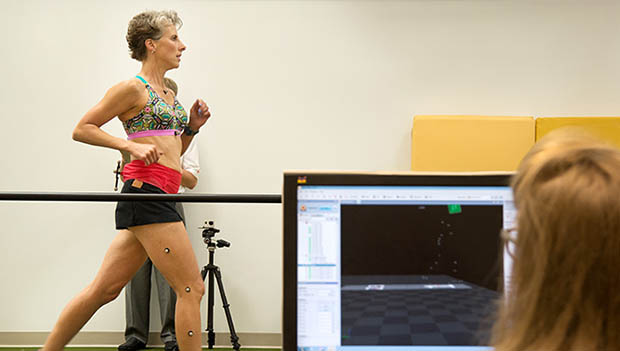
Sooner or later, we all have to deal with an injury. Whether it's just an overuse issue, a simple sprain, or something more serious or chronic—dealing with an injury is a mental and physical struggle.
For Northern Hemisphere endurance athletes, now is the time of year when we have a little bit more time to heal, recover and gradually ease back into training. However, whether you're dealing with an injury during the off-season or right smack in the middle of racing season, for the most part your course of action for how to heal and start training again is the same.
I spoke with Max Prokopy, a specialist at the UVA SPEED Clinic at the University of Virginia's School of Medicine, to learn what advice he most often gives the many endurance athletes he works with about how to return to training after injury and how best to deal with a recurring one.
While first and foremost it's important to make sure you've gone to see a doctor to rule out anything that might preclude you from resuming training, once you've done that and are on your way back to your baseline, here are five habits for making sure you stay that way:
1. Get a foam roller and use it often.
While foam rolling should not be used as a cureall for any training injury you encounter, it can be a good way to perform self-myofascial release over tight areas like hamstrings, glutes, hips, quads, calves and more.
Foam rolling, while sometimes not a pleasant experience, can help increase bloodflow, which will help your muscles recover faster in between workouts and can aid in preventing particularly tight muscles from causing a gait abnormality that is either contributing to or causing an injury.
A good example of this is a tight calf. Many runners, particularly those who run on their toes, experience a shortening and tightening of their calf muscles, which can lead not only to calf pain, but also to plantar fasciitis. By regularly rolling out your calf muscles after a run, you can help prevent this common overuse injury from occurring.
Try these four foam rolling exercises to get started.
2. Stretch your hip flexors every day.
Whether you are a triathlete, a cyclist, a runner or just an endurance athlete in general, chances are you spend the vast majority of your training hours in the saggital plane (moving forward) and likely bent forward to some degree. Stretching your hip flexors is a great antidote to all of your fun endurance activities, particularly those hours spent in the aero position on your bike or running.
Stretching your hip flexors regularly can help you prevent a host of problems, including knee pain, hip pain and even low back pain.
Luckily, stretching your hip flexors is simple and can be done anywhere—even while watching Game of Thrones! The "Couch Stretch" is a fantastic way to stretch out the front muscles of your body. To do it, start on all fours with your feet facing a wall or other flat, sturdy surface. Lift up one leg and drop your knee down as close to the wall as possible, while your other leg comes out into a kneeling lunge position (making sure your knee is over your ankle and in a comfortable position). The closer your knee is to the wall, the more intense the stretch will be.
Try doing this stretch once a day, starting with 30 seconds on each side and working up to several minutes on each side.
- 1
- of
- 2








Discuss This Article